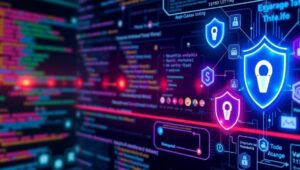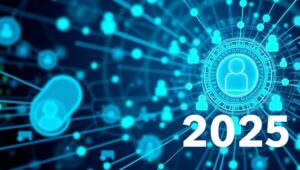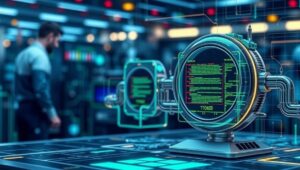May 26, 2025
Static and Dynamic Application Security Testing (SAST/DAST) Evolved (2025)
Static and Dynamic Application Security Testing (SAST/DAST) Evolved (2025) In the ever-evolving landscape of cybersecurity, ensuring the security of applications is paramount. Static Application Security Testing (SAST) and Dynamic Application Security Testing (DAST) have long been the cornerstones of application security programs. In 2025, these methodologies have evolved significantly, driven by advancements in technology, changes in the threat landscape, and the increasing complexity of modern applications. Understanding SAST and DAST SAST (Static Application Security Testing): SAST, often referred to as “white box testing,” analyzes the source code of an application to identify potential vulnerabilities. This analysis is performed without executing












